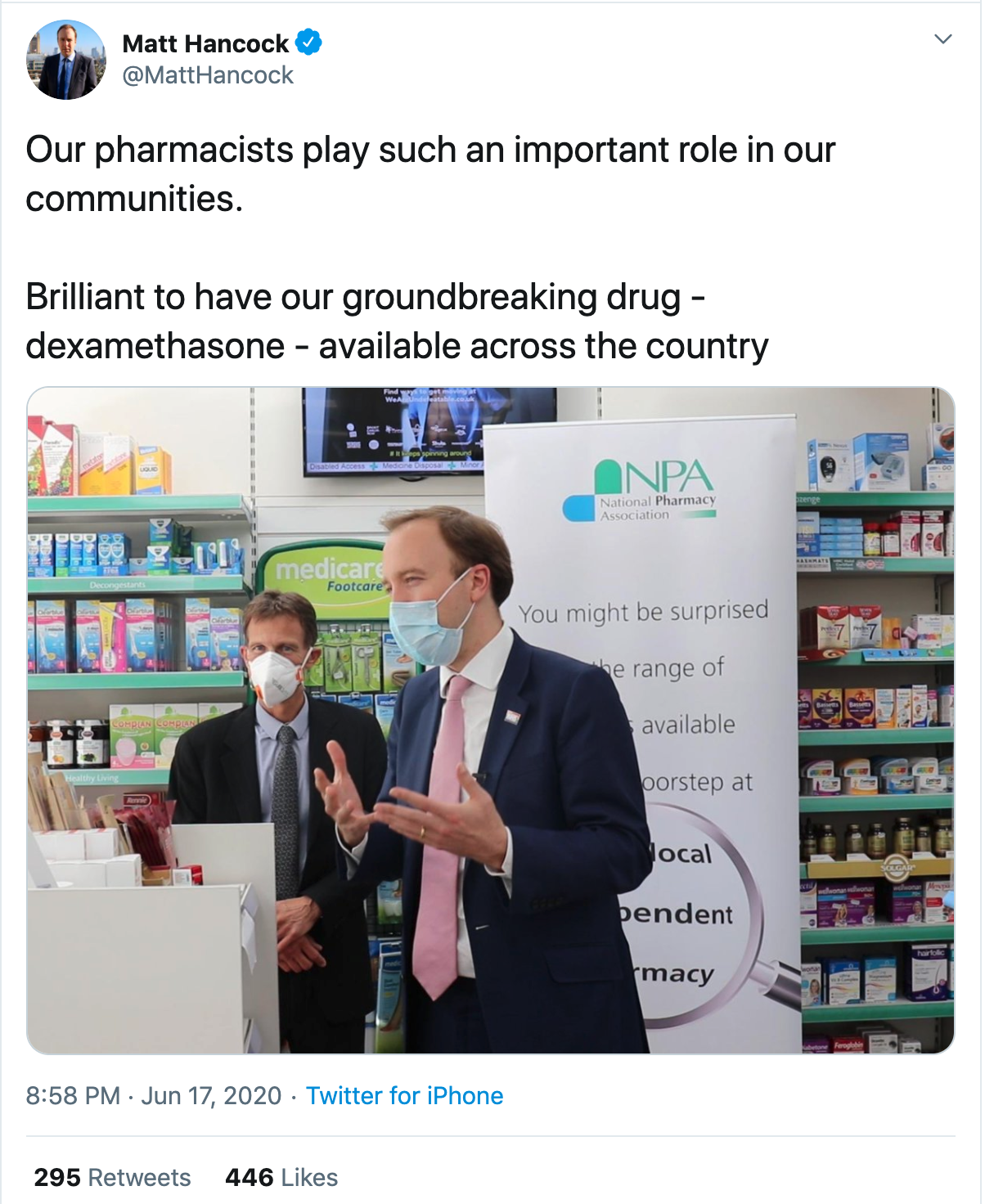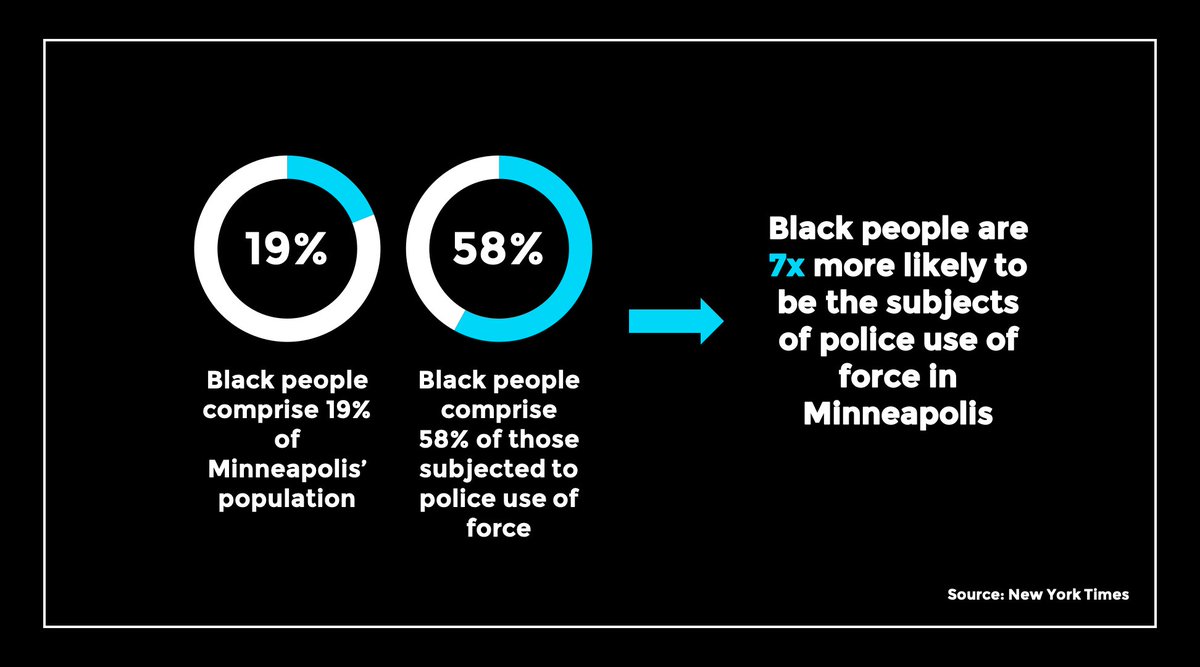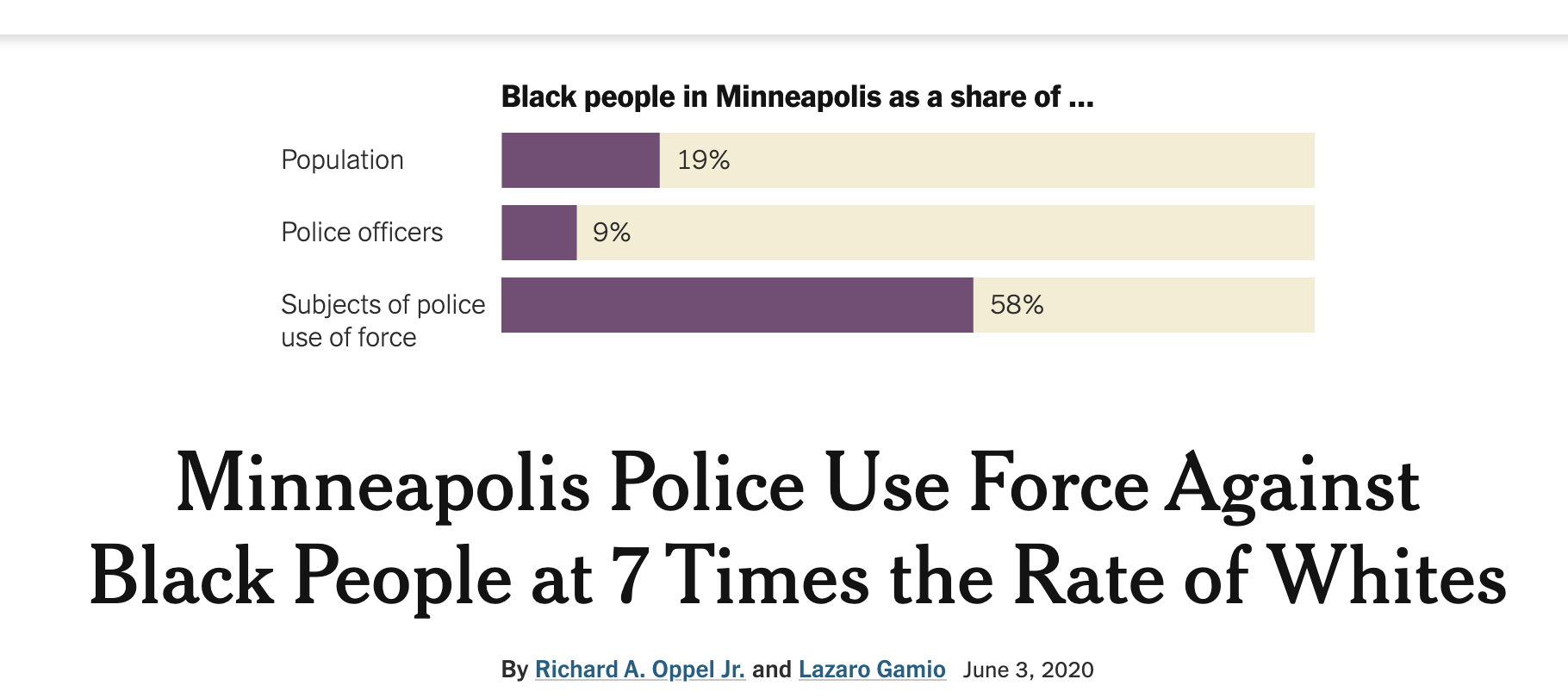Watered down science
Q: Did you see that COVID actually came from Italy?
A: No.
Q: Radio NZ “samples taken in Milan and Turin on 18 December showed the presence of the SARS-Cov-2 virus…..may have been circulating before China reported the new disease to the WHO on 31 December.”
A: Well, yes, but the date China told the WHO isn’t very biologically meaningful. The first hospital admission in Wuhan was 16 December.
Q: That’s still pretty early to see it in Italy, though. What does the paper say about how it got there and how it took more than another month to emerge?
A: The press release says “did not automatically imply that the main transmission chains that led to the development of the epidemic in our country originated from these very first cases”. There isn’t a paper.
Q: The preprint, then?
A: There is only the press release.
Q: That’s pretty fucking unsatisfactory, isn’t it?
A: Yes
Q: At least the dexamethasone crew had some excuse for thinking their results were needed urgently
A: Yes.
Q: Are these just some cranks, then?
A: No, that’s what’s annoying. They have been doing wastewater testing for some time; they say they confirmed the positive tests with a different assay in a different lab; they talk about having sensible controls; it’s all what you’d like to see, only you’d like to actually see it.
Q: These tests are pretty reliable, aren’t they
A: Well, they haven’t told us what tests they used, but the ones you would expect them to have used should give very few false positives.
Q: So it would be surprising if the results were wrong?
A: Yes, but it would also be surprising if the results were right, so unquantified surprise doesn’t get us very far.
Q: Two separate cities, though? How many people would you need in each city for a positive test?
A: That’s one of the other things they don’t say. An Australian study with two positive results estimated hundreds of cases, but maybe the new Italian results used more sensitive tests. And it’s possible for a person to contribute to the wastewater flow in both Milan and Turin on the same day. I have done so.
Q: Can they do the genome thing on these samples to see how they relate to the early outbreak in Wuhan and the much later Italian outbreak?
A: They don’t…
Q: …say. Right.
A: The Australian study did do some sequencing, though not of the whole genome, only of one gene.
Q: How could the virus have stayed undetected until the outbreak in February? Was it in the sewage all that time?
A: They say they found it in Bologna in a sample from January 29, and I think the press release is saying there were positive samples in Milan and Turin in January.
Q: So not just a tourist group. You’d expect more people to have been sick during January, wouldn’t you?
A: Yes. That’s why it’s reasonable that the tests might have be wrong, which would not ordinarily be a good explanation.





Recent comments